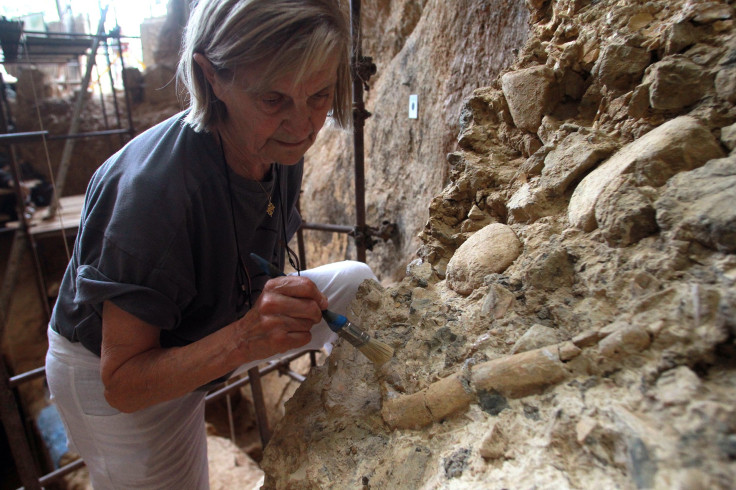Large Adult Tooth, Nearly 560,000 Years Old, Found By Archeologists In France Hailed As A ‘Major Discovery’

A large adult tooth nearly 560,000 years old was found by a 16-year-old French volunteer archeologist in southwestern France, Agence France-Presse (AFP) reported Tuesday. Researchers have hailed the finding as a “major discovery.”
The tooth was reportedly found at a prehistoric site in Tautavel, which has been excavated for about 50 years. The region is reportedly one of the world’s most important prehistoric sites and is located in Languedoc-Roussillon, a coastal region in southern France.
“A large adult tooth -- we can't say if it was from a male or female -- was found during excavations of soil we know to be between 550,000 and 580,000 years old, because we used different dating methods," paleoanthropologist Amelie Viallet told AFP. "This is a major discovery because we have very few human fossils from this period in Europe.”
A volunteer, who was identified only by her first name, Camille, reportedly found the tooth in the Arago Cave while working with another young archaeologist at the site.
Christian Perrenoud, a geo-archaeologist working on the site, said that while the tooth was a "great find," there is a lot more left to unearth.
"We are pretty confident that the site has a lot more to reveal," he told The Local. "Human remains from between 500,000 and 800,000 years ago are more than scarce in Europe nowadays, and this tooth fills a bit of the gap of the incompleteness in this 300,000-year period."
The site where the tooth was found is also the same place where fossils belonging to the Tautavel Man, a species that lived an estimated 450,000 years ago, were discovered.
© Copyright IBTimes 2025. All rights reserved.





















